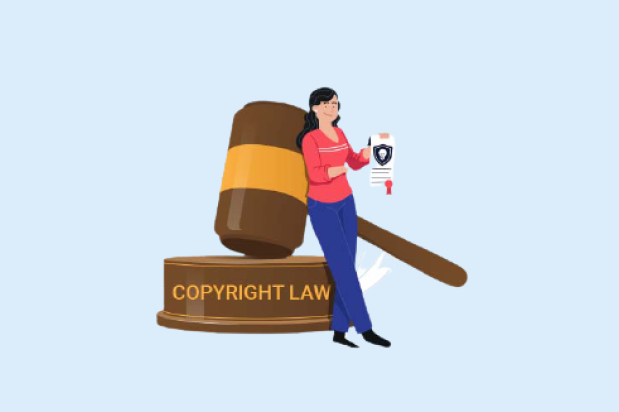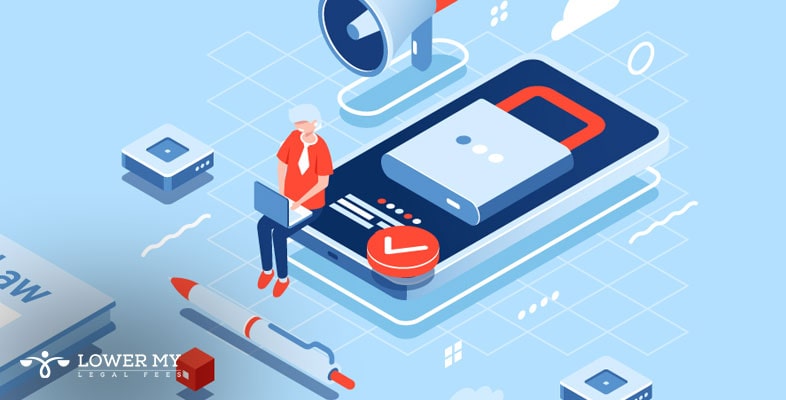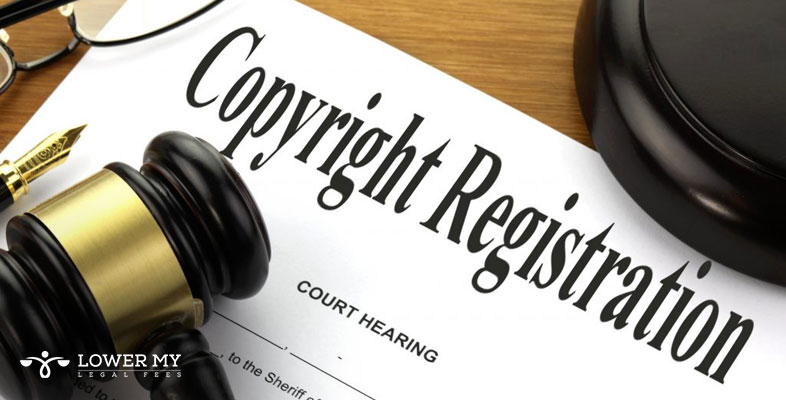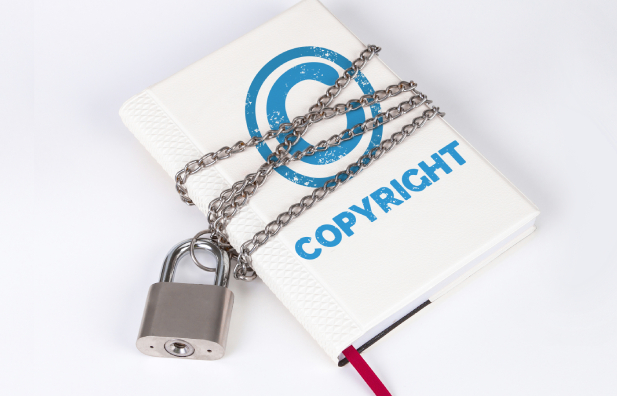What is copyright infringement? This question goes through the minds of so many individuals. There are so many businesses that try to infringe the intellectual property rights of other brands. However, you need to understand the rights that you have to protect your own products, ideas, and materials.
This article will help you to understand what is copyright infringement. The primary purpose of copyright intellectual property is to protect original authorship works. It normally does so under the federal Copyright Act.
Some of the works that you can protect here include certain computer programs, architectural works, sound recordings, motion pictures, choreography, dramatic works, and works of art, writings, and songs. As a copyright owner, you will benefit from copyright protection in your exclusive rights to adapt, reproduce and even distribute copies of your protected work. This definition should give you an idea of what is copyright infringement.
What Is Copyright Infringement?

The legal term copyright infringement describes acts that violate the rights of the copyright owner that the copyright protects. It occurs when someone exercises one of the exclusive rights of the copyright owner that are protected without the permission of the owner.
For instance, if a sound engineer develops some original clips of sound, he has the exclusive rights of reproducing the original clips and selling them. If the clip plays on a commercial or radio without your permission, you will be able to bring an action for copyright infringement. The two main types of infringement are indirect and direct infringement.
1. Direct Infringement
This type of infringement takes place when a copyright validly protects an original work and an offender copies the work. For instance, if your blog is validly protected by the copyright law, and then a magazine publishes this post without getting your permission, such a magazine will have infringed on your copyright directly.
2. Indirect Infringement
This infringement takes place when an influencing or controlling party contributes or benefits from an infringement. For instance, if you create a film that is protected by copyright and a user of YouTube publishes and uploads it on YouTube without express permission from you; YouTube may be an indirect infringer as it will benefit from people who are viewing your film on their platform.
Minor Copyright Infringement

Training materials and background music may appear to be minor violations that will not affect your business much if you are caught. However, these minor copyright infringement rights will add up to major profits of what are called copyright trolls.
Copyright trolls are basically attorneys of opportunists who partner with legal experts. They purchase huge amounts of cheap copyrighted content and then scour the world wide web and other communication channels for any potential copyright infringements.
The images that you use to advertise your business can actually land it in the infringement territory. However, there are so many other areas of exposure that you should not forget. If you are using sound clips from online audio libraries, most of them expect you to apply for permission to use the copyrighted materials.
The other hotspot for copyright infringement is social media. There is a natural desire to post videos and pictures of customers who are enjoying and using your products. Do you know that you need permission for this? Your customers may seek compensation because of distributing their protected work.
If you are wondering what is copyright infringement, just know that minor infringement is still infringement.
Intellectual Property Protections and Law

The intellectual property law remains to be a complex one to navigate through. Some of the intellectual property rights are protected and created with no formal action by the creator or inventor.
It is a similar case with copyright law. The US constitution is the first to protect copyrights specifically in the Copyright Act. Foreign jurisdictions also protect and enforce US copyrights through international copyright treaties.
There are two requirements that work must meet in order to qualify for copyright protection. These include fixation and originality. For originality, the workpiece should include some minimum level of creativity.
After meeting the requirement for originality, the work has to be fixed in a tangible medium of expression. Therefore, as the creator, you should capture it in a certain form like ink and paper, audio or video files, electronic media, computer drive, film, sculpture, or paint on canvas.
Copyrights typically last an additional 70 years to the life of the creator. However, this rule has exceptions if the works were made for hire or there is joint authorship.
Even though you don’t need to take a formal action to get copyright protection, there are some formal actions that benefit the owner of the copyright. Some of these legal formalities include deposit, registration, notice, and publication.
How to Register a Copyright

After learning what is copyright infringement, it is also good to know how you can protect your works. There are so many ways that you stand to benefit from copyright registration.
You cannot sue for copyright infringement unless you have registered your copyright. Besides, you will get greater damages from copyright infringement if you had registered the copyright before the beginning of the case.
In case you register your work in the first five years of initial publication, the registration will be established fact (prima facie). This is evidence of the validity of your copyright. You can also share your recorded copyright with the US customs that stops any importation of copyright infringing copies.
Lastly, you can minimize the defense that the copyright infringers have in case of a dispute if you have registered your works for copyright protection. There are some unfinished works that you can register for infringement as long as you meet certain requirements.
There is an online registration portal where you can do the registration and then deposit a physical copy of the work. All you need to do is follow the right procedure when registering for a copyright. You can always find the instructions from the official website of copyright registration.
Processing online claims that don’t require correspondence between the copyright office and owner can take between one to six months. Similar mail-based claims may take between one to six months. The period typically depends on the nature of your claim.
Conclusion
With all this information, you now have a clear understanding of what is copyright infringement. It is good to protect your original works by copyright. In case there is a copyright infringement, it will be easy to get compensation. No one should use your original works without getting permission from the creator.
Read Also:






